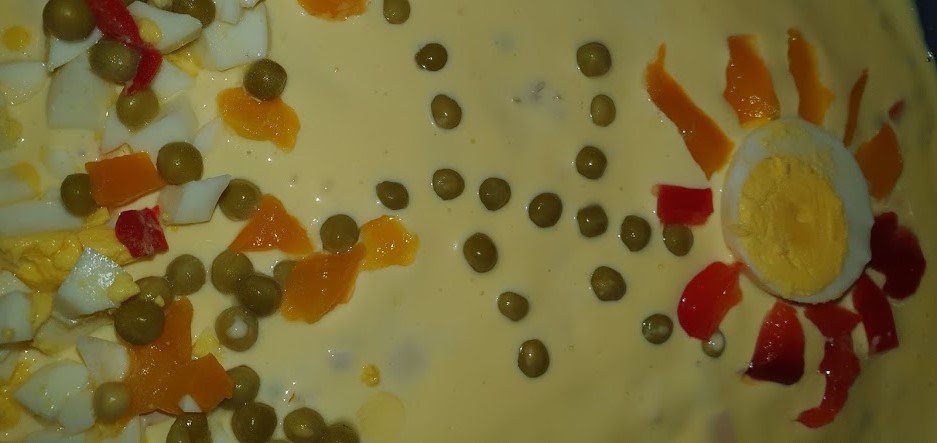Italy, Piedmont. Here are some tips to know the wine and food of this region
You come to the Langhe mainly for wine and food. The wine of the Langhe is famous and appreciated all over the world.
Our experiences and trips in the Langhe are all based on knowledge of the great wines of the Langhe and the typical cuisine of the Langhe.
Visiting the Langhe with our taste itineraries will be an unforgettable journey.
From the great red wines of the Langhe, such as Barolo and Barbaresco, not forgetting the excellent white wines of the Roero, visiting the cellars of the Langhe is always an interesting and exciting experience.
Walking through the vineyards of the Langhe and Roero in all seasons at a slow pace, savoring the typical foods of Piedmont in front of magnificent views, getting to know a territory through its tastes and scents. All this is Slowdays!
There are many things to see in the Langhe, but it’s nice to get lost among tiny villages, stop for a glass of wine overlooking the vineyards, and get to know a wine producer inside his cellar.
Eating in the Langhe is almost always guaranteed: from the small tavern to the famous starred restaurants in the Langhe, you will always have a unique experience of getting to know the people and the territory through the extraordinary wines and typical Langhe dishes.
Our tours will take you to the most beautiful wineries of the Langhe and delight your senses in an unforgettable slow trip!
Piedmont is a land of wine excellence, with enchanting landscapes and great food and wine tradition. A little taste of how to choose a good and satisfying wine tasting. Happy reading!
Barolo VS Barbaresco endless challenge Fighting without weapons but with tastings! Barolo VS Barbaresco: who will win the challenge? Many are the wines that our beloved and generous land of
The Monferrato must be discovered, because it is a hidden pearl! Did I mention I was in love with the Monferrato before? Yes, of course! This love doesn’t change my




















